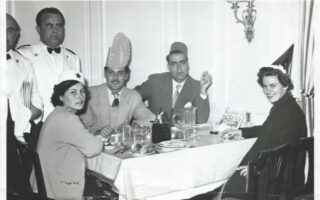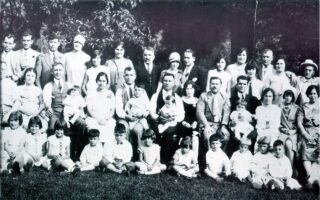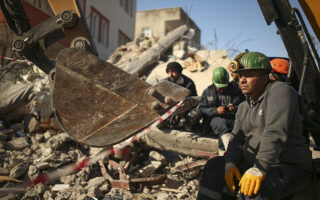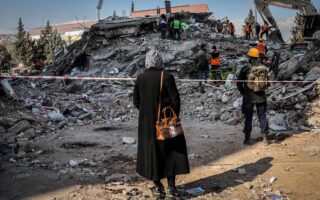Canada’s Greeks share their stories
Virtual immigration museum makes up part of ambitious research project on diaspora
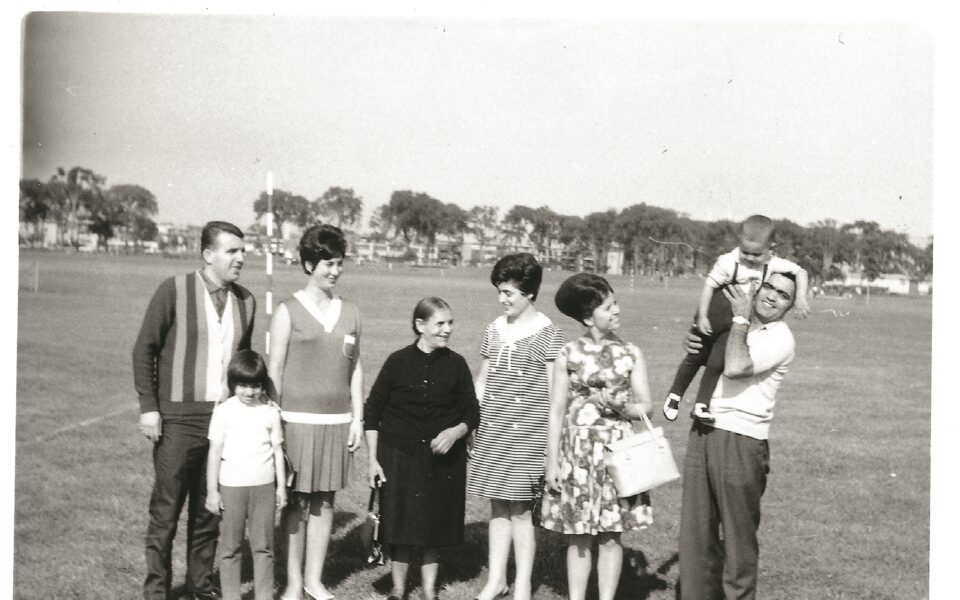
“And your husband? How had you met him?” asks the researcher. “At our best man’s house. My husband and my best man, they became acquainted on the ship on which they were coming to Canada [in 1963]. They said that whoever marries first, the other would be best man.” Avgousti Polyxeni was born in the village of Stafidokambos in Ilia in the Peloponnese and immigrated from Greece to Canada in 1965. The couple live in Montreal. The black-and-white photograph that is posted beside her interview shows another woman, Aliki Vallianos, getting ready to walk down the aisle in Montreal in 1957.
A man from Hania in Crete, who wished to remain anonymous, says in his interview: “In that period all the people wanted to leave Greece, all the people wanted to go to the ships. All the youth wanted to go somewhere. The years back then were difficult as well… And I liked the ships. I wanted to travel and that’s why I left.”
“Then how and when did you emigrate to Canada?” asks the researcher. “I didn’t emigrate. The ship had come here to Canada and I stayed illegally, like many others have stayed here.”
That testimony is accompanied by an extract from the Globe and Mail newspaper from January 27, 1962, with a headline reading “1,000 Ship-Jumpers in Montreal,” which refers to the story of two sailors who abandoned ship and spent nearly two years, without papers, in Montreal.
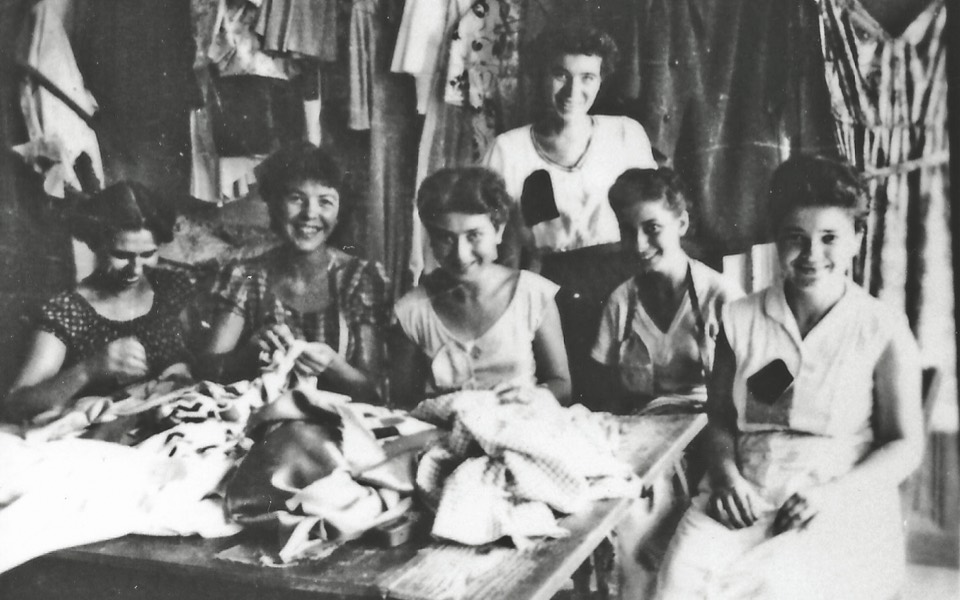
These and many more stories form the core of the Virtual Museum of Greek Immigration to Canada, an initiative that is part of the Immigrec project, and an interdisciplinary educational partnership that comprises research teams from three Canadian universities with Greek studies programs (McGill, Simon Fraser and York) and the University of Patras, with the support of the Stavros Niarchos Foundation.
Pier 21 at the port of Halifax; the arrivals area at Vancouver Airport; the Montreal rail station: the points of entry illustrate Canada’s immigration policy. Each is represented in the virtual museum with an explanation of their role and extracts of interviews with immigrants who tell the story of their arrival in the North American country. The museum also includes newspaper articles on the subject, official documents, photographs from family albums and photographs of memorabilia presented by the Greek emigres to the researchers.
‘We wanted to create a public history tool so that both the Canadian and the Greek-Canadian communities could feel part of each other’s story’
“Between 200 and 400 people visit the virtual museum’s internet portal a month,” Anastassios (Tassos) Anastassiadis, an associate professor of history and Phrixos B. Papachristidis Chair in Modern Greek Studies at McGill, tells Kathimerini, speaking of the private visitors to the museum rather than the researchers. He also notes the interest shown by schools in Greece, especially during the pandemic, as teachers from elementary and middle schools sought to give their pupils a more well-rounded understanding of the Greek-Canadian immigration experience by using this rich audiovisual archive.
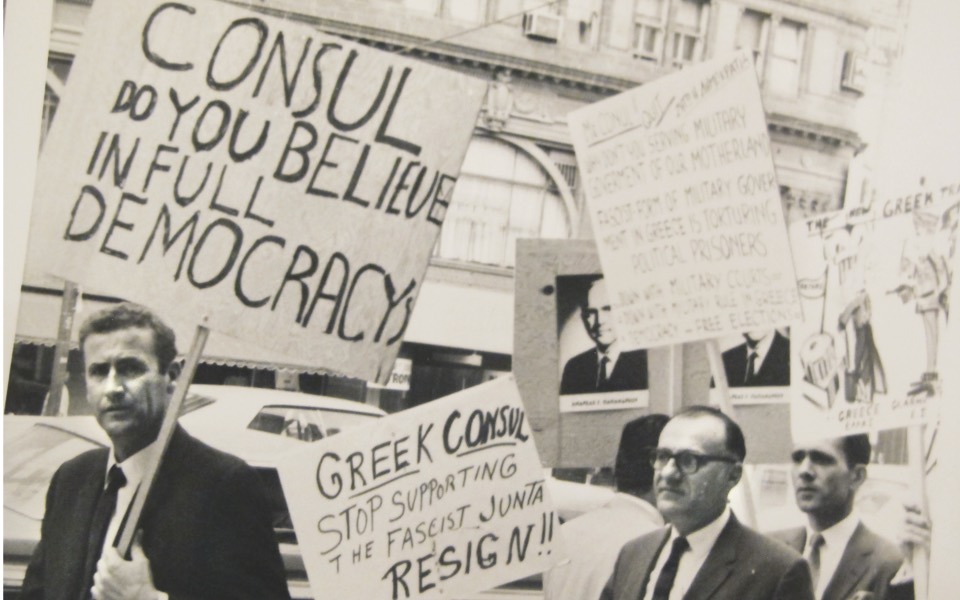
Well-researched, comprehensive and user-friendly, Immigrec is as inviting to the lay visitor as it is interesting to the researcher from the moment of login. “We formed a team of historians, anthropologists and linguists from Canada and Greece, who worked together to record written and oral testimonies that allow one to study the history of immigration and integration of these waves of arrivals into Canadian society, but also the evolution of the language the Greeks brought with them – like some kind of living fossil – as most only spoke Greek and many of them their local dialects too,” explains Anastassiadis.
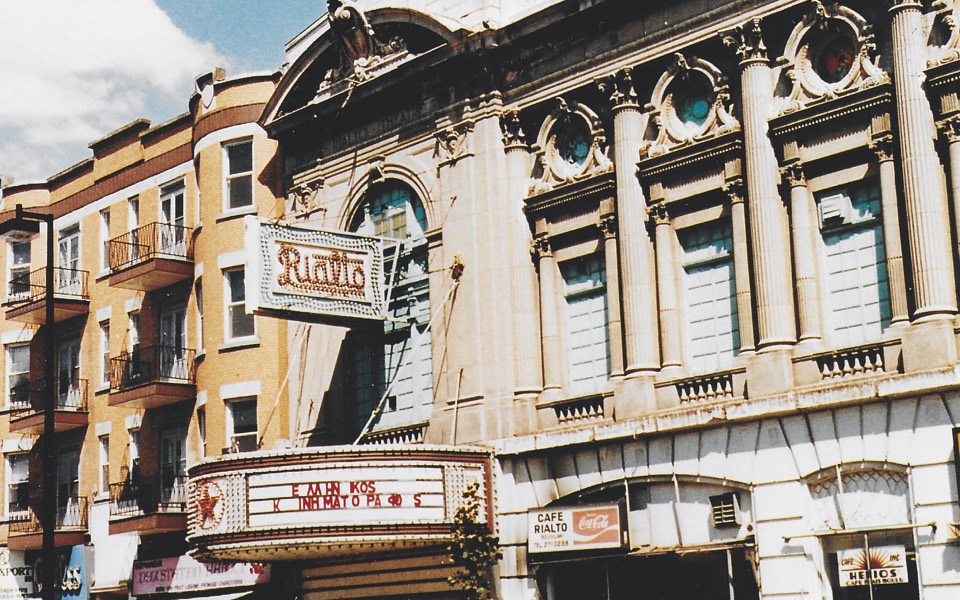
The researchers compiled 443 interviews from first-generation migrants who arrived in Canada between 1945 and 1975. It’s a total of some 650 hours of audio. They also gathered archival material from public and private sources (letters, contracts, passports etc), and digitized Greek-Canadian newspapers and other written archives. All of it was stored on the project’s database and “turned into a digital archive-repository that can be accessed, basically, by researchers and filling a long-standing vacuum in Greek and Canadian history,” adds Anastassiadis. “But we also wanted to create a public history tool so that both the Canadian and the Greek-Canadian communities could feel part of each other’s story.”
One of the research team’s most interesting initiatives was to create simplified questionnaires that were distributed to pupils at Montreal’s Greek schools so that they could interview their grandparents. In several cases, they shared stories they had not even told their children. The material that was collected was presented at a lovely ceremony that was very important to the Greek community of Montreal, which numbers between 50,000 and 80,000 members.
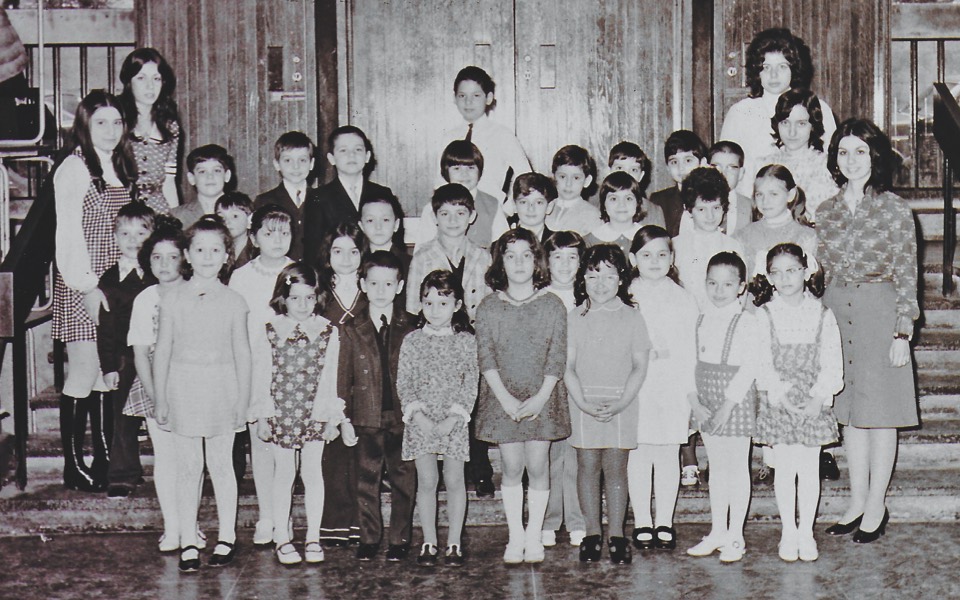
“Memory always skips a generation,” comments Anastassiadis. “The children’s parents came to the ceremony and thanked us because they had never heard the stories of what their parents experienced from their arrival and settlement here.”
There are five Greek schools in Montreal teaching classes in English, French and Greek, while another is in the pipeline. There are also Saturday schools in every city with a sizable Greek population.
“What happens with immigration is that the dominant language of each reception country, the language that is used at work and school, soon becomes the language spoken by the family. The second generation is also eager to assimilate so it doesn’t feel different, and this is usually something the parents are also eager for, as they have experienced the stigma of xenophobia and racism,” explains Anastassiadis.
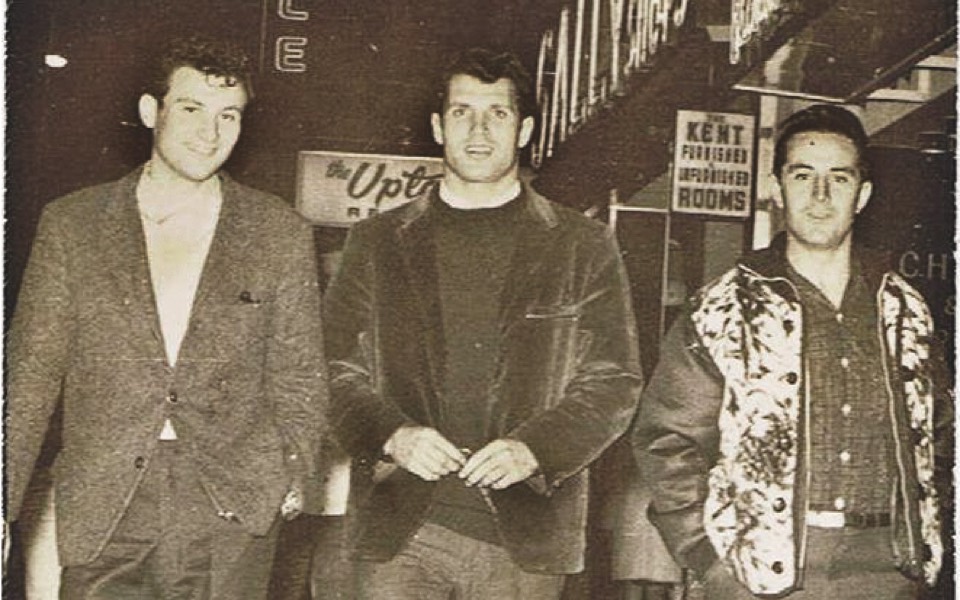
Was this also the case in multicultural Canada? “We know Canada as an open country today, but this is a very recent construct, really, from the 1970s on,” says the historian. “Canada was a very racist country up until the late 1960s. If you were speaking Greek on the streets of Toronto, for example, someone could come up to you and say, ‘Speak the white language,’ meaning ‘Speak English.’ A change has taken place in the last few decades when the emphasis was put on learning ‘heritage’ languages and so now, former migrants are proud of their roots instead of having the ‘foreigner’ stigma,” he adds.
Immigrec was also presented in Greece earlier this month. In its second phase, the program foresees similar initiatives in Germany, the United States, Australia and several parts of Africa, with the aim of creating a global history of the Greek diaspora and immigration.
